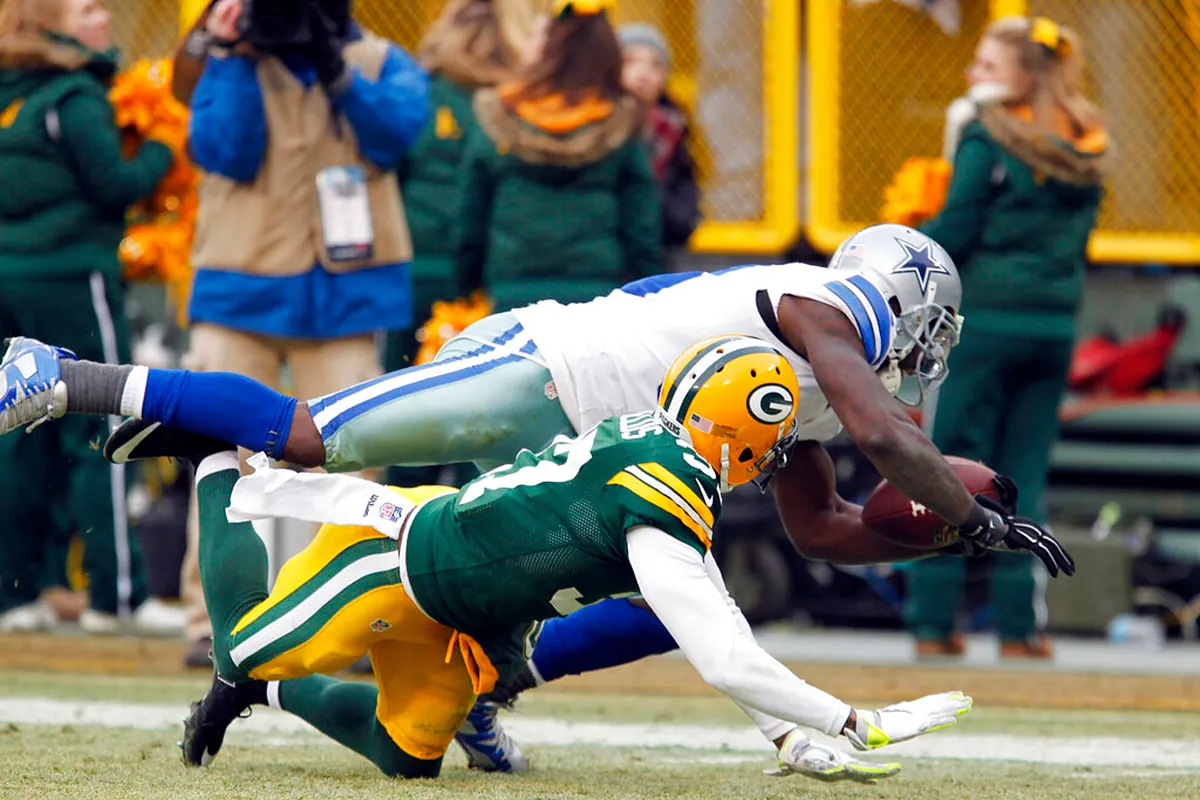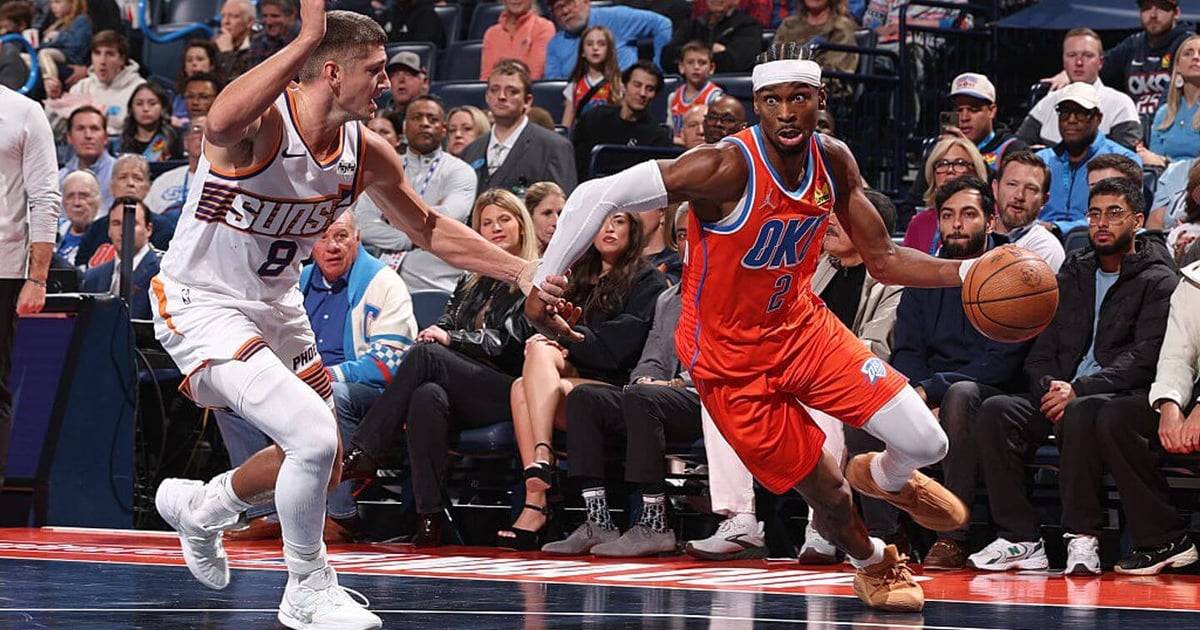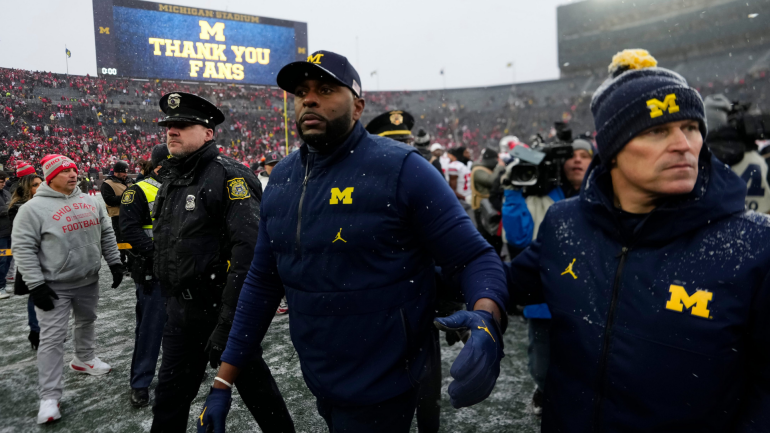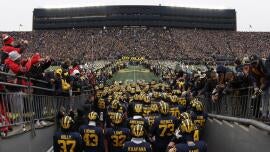

The Dallas Cowboys’ crushing defeat to the Green Bay Packers during the 2014 NFC Divisional Round remains one of the most debated and emotional moments in modern NFL history.
With just minutes left in the game, the Cowboys trailed 26-21 but were within striking distance of a go-ahead score. Facing a critical fourth-and-two, quarterback Tony Romo launched a deep pass to wide receiver Dez Bryant, who made an acrobatic leaping grab and stretched for the end zone.
Micah Parsons looks weak as he’s held back by a sumo wrestler without even trying
Initially ruled a catch at the 1-yard line, the play appeared to set Dallas up for a potential game-winning touchdown. However, Packers head coach Mike McCarthy challenged the ruling, triggering a lengthy review.
Upon further inspection, referees determined that Bryant did not maintain possession throughout the process of going to the ground, and the catch was overturned. Green Bay regained possession and held on to win, ending the Cowboys’ season and prolonging their now decades-long absence from the NFC Championship Game.
The reversal stunned fans, players, and analysts alike. Across social media and sports networks, the phrase “Dez caught it” echoed as a rallying cry of frustration and disbelief. While the rule at the time may have technically justified the reversal, most observers believed the play should have stood as a completed catch.
How the Dez Bryant controversy redefined NFL catch rules
The fallout from that single play was immense. The public backlash prompted the NFL Competition Committee to reexamine what exactly constitutes a catch.
In the months and years following the game, league officials acknowledged the confusion caused by overly complex language and vague criteria involving “football moves” and maintaining control after hitting the ground.
By 2018, the NFL officially rewrote the catch rule. Under the revised guidelines, a catch now requires three elements: control of the ball, two feet (or another body part) in bounds, and a football move such as reaching or tucking the ball. This clearer definition likely would have made Bryant’s catch legal under the current rules.
In retrospect, while the Cowboys missed a golden opportunity to advance and possibly reach the Super Bowl, the play had a silver lining. It forced the NFL to face growing concerns about how replay and ambiguous rules were affecting the integrity of the game.
Though the scoreboard didn’t favor Dallas that day, the legacy of “Dez caught it” endures. It’s more than a controversial moment-it’s a turning point that reshaped how the league views one of football’s most basic elements: the catch.
This news was originally published on this post .







Be the first to leave a comment